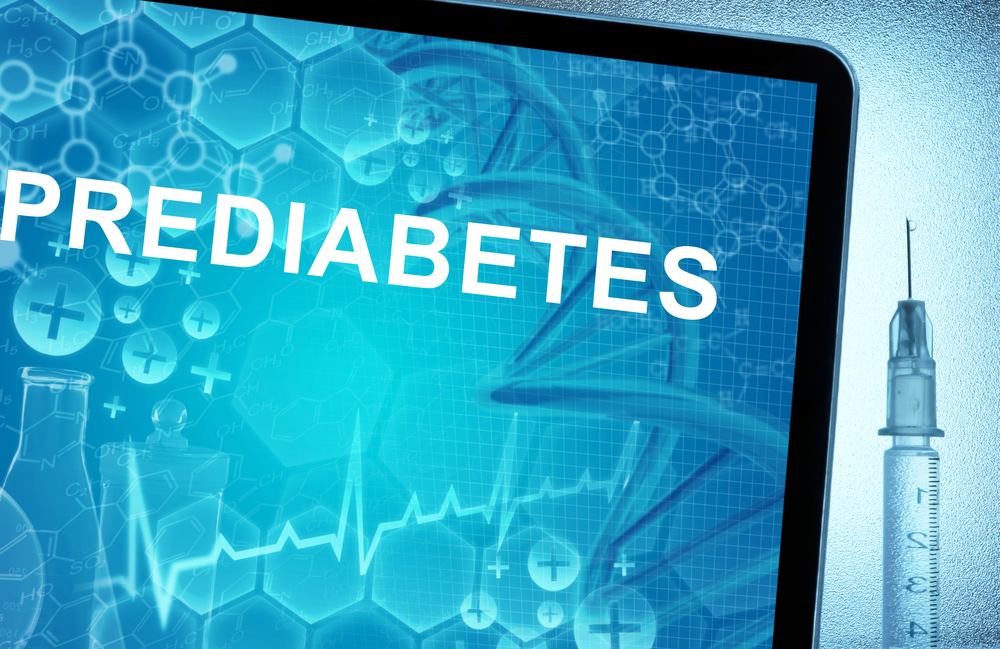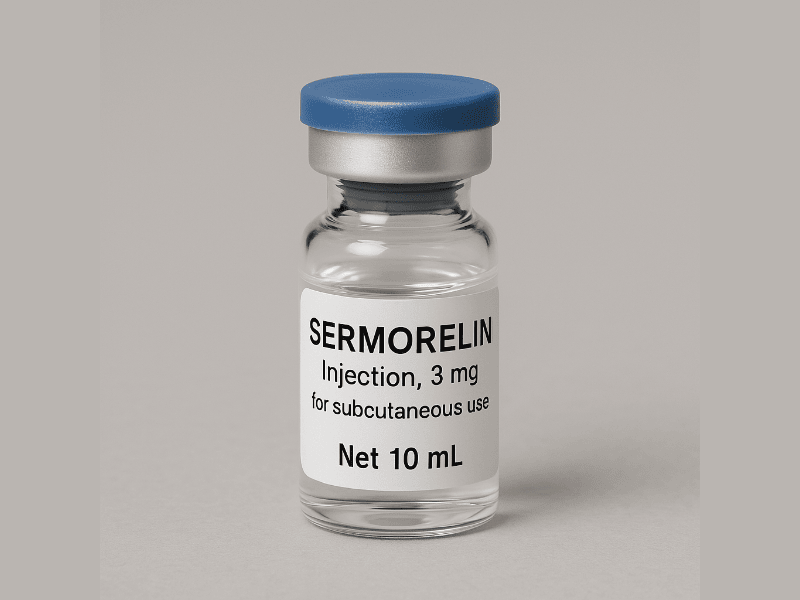Diabetes is a disease that affects the way your body processes glucose or produces insulin. For people who have been diagnosed with prediabetes, you may be happy to know that it’s possible to reverse this condition or prevent diabetes from developing further. Managing your risk of developing diabetes is easier when you contact a doctor with the Text2MD health care app.
Can You Manage Prediabetes With a Health Care App?
Prediabetes is usually diagnosed when your A1C is between six and 6.4%. Your A1C is the average of your blood glucose over the last two to three months. The A1c test works by assessing the amount of glucose stuck to your hemoglobin cells during blood work. The more glucose that is present in your hemoglobin, the more glucose your body has produced in the last two to three months.
So, how can using a healthcare app help you manage a pre-diabetic diagnosis? In general, to manage or prevent prediabetes, you will need to change several lifestyle factors and stay on top of your health so that you can lower your overall blood glucose levels. Some ways a health care app can help can include diagnosis, blood work monitoring, and lifestyle advice.
Diagnosis
If you think you are at a higher risk of developing diabetes, you would be wise to ask a doctor about a diagnosis. Although not all people with a family history of diabetes will develop diabetes in the future, family history can put you at significantly higher risk. To diagnose diabetes, your doctor will need to analyze your blood tests and look at other clinical evidence of diabetes symptoms.
However, those who are pre-diabetic may not have any classic symptoms of the disease. Instead, to come to a prediabetic diagnosis, your physician will need to order lab work such as an A1C test.
Bloodwork Monitoring
A healthcare app can also be helpful for blood work monitoring. Whether you have already been diagnosed or you are assessing how well lifestyle changes are working to lower your blood glucose levels, continual bloodwork monitoring can be essential for the overall management of your pre-diabetic status. Bloodwork monitoring may need to be as frequent as once every two to three months, particularly if you are adopting exercise and lifestyle changes.
Lifestyle Advice
A doctor may also be able to give you lifestyle advice, such as dietary or exercise guidance, that can improve your pre-diabetic diagnosis. For example, because doctors are educated in the literature about this condition, they will have advice about the best dietary plans to follow, supplements to use to reduce blood glucose, and exercise plans that you can easily adopt into your weekly routine.
What Are Common Symptoms of Prediabetes?
The majority of people who are eventually considered prediabetic will not have any obvious symptoms of the disease. Because this is the earliest form of diabetes, there will usually be no changes in your overall health that you can detect. Instead, many people are surprised to learn that they are considered prediabetic after basic blood work.
That said, it may be an indication that your prediabetic status has progressed to diabetes if you experience symptoms such as increased thirst not associated with medications, frequent urination not associated with other causes of overactive bladder, fatigue, increased hunger, blurred vision, or numbness or tingling in the feet or hands.
When Should You See a Doctor?
It’s time to see a doctor if you notice any of these symptoms of diabetes. Because it’s easy to overlook pre-diabetic bloodwork if your physician does not follow up on unusual blood glucose results during a comprehensive metabolic panel, the first time you speak to a doctor about your blood sugar levels could be when you are already experiencing symptoms of diabetes.
What Causes Prediabetes?
If you are considered prediabetic, then it’s important to understand what causes this condition. Sometimes, a family history or genetics may make it more likely for you to become pre-diabetic. However, just like with diabetes, a person who is considered prediabetic will be unable to process sugar or glucose correctly.
Generally, this is because the insulin produced by your pancreas does not respond well to the change in your blood glucose after eating food. Specifically, your pancreas is meant to slow down the production of insulin when your blood sugar levels drop. However, prediabetic people may produce less insulin or cells become resistant to insulin.
Does Diabetes Always Develop?
After receiving a pre-diabetic diagnosis, you may be concerned that developing diabetes in the future is inevitable. People who do not make any lifestyle changes within three to six years of receiving a pre-diabetic diagnosis are likely to develop diabetes. On the other hand, people who do make permanent lifestyle changes usually do not become diabetic in the future, and some people may even be able to reverse their pre-diabetic diagnosis.
What Are Risk Factors Associated With Diabetes?
There are several notable risk factors associated with developing diabetes in the future. If you want to prevent the development of diabetes, then you should make these lifestyle changes when you are first diagnosed as pre-diabetic. By doing so, you can prevent or slow the progression of diabetes, which will then lower your risk of developing other concerning health conditions.
Weight and Waist Size
By far the biggest primary risks of developing diabetes are your waist size and your weight. Being overweight as determined by your BMI is the biggest risk factor for developing diabetes since excess fatty tissue around the abdomen makes your cells more resistant to insulin. This is why people who are overweight or recently considered prediabetic may be advised to lose at least 10 to 15% of their body weight to reduce the progression of the disease.
Although BMI is a convenient assessment to use for diabetic risk, your waist size is often more accurate. A larger waist size can be a sign of insulin resistance. For men, a waist size of more than 40 inches will make men more likely to develop diabetes in the future. For women, a waist size larger than 35 inches increases the risk.
Diet and Activity
Your diet and activity can also increase your risk of developing diabetes. For example, if your diet is rich in processed meat, red meat, high-carb meals, and beverages that are sweetened with sugar, all of these dietary choices can increase your risk of developing diabetes. To reduce the risk of diabetes, it’s best to limit carb intake, increase protein, and increase fiber through non-starchy fruits and vegetables.
Additionally, having an inactive lifestyle can put you at a greater risk of developing diabetes. Research shows that moderate to intense exercise for 20 to 30 minutes a day can be an easy way to immediately reduce high levels of blood glucose. By incorporating regular exercise into your weekly routine, you can gradually reduce blood glucose to control your blood sugar levels more consistently.
Age and Family History
The risk of developing diabetes in the future increases after age 45. Regardless of whether you have a family history of diabetes, being older means that your cells will eventually become less efficient at processing glucose in the body. Although you cannot do anything about your age, it’s still important to understand that after age 45, it’s best to adopt certain lifestyle practices to prevent developing diabetes.
Additionally, a family history of diabetes also increases your risk since there may be a genetic component for how well your body processes glucose. For example, people who have a parent or sibling with Type 2 diabetes or at higher risk of developing diabetes as well.
Lifestyle Habits
Certain lifestyle factors also make it easier to develop diabetes as you get older. The most prominent risk factor is smoking or using tobacco products. This is because tobacco increases insulin resistance, which can increase the risk of developing Type 2 diabetes, particularly in people who are already considered pre-diabetic.
Medical Conditions
Finally, some medical conditions are also associated with developing diabetes in the future. For example, those who have high blood pressure and low levels of high-density lipoprotein (HDL) may develop diabetes easily. Those who have high triglycerides in the blood are also at higher risk.
Get Help Monitoring Your Risk of Diabetes
If you are considered prediabetic, the good news is that you can potentially reverse your risk of developing diabetes in the future by making certain lifestyle changes. However, you may also want to monitor the progression of your health condition by using a healthcare app to get advice from doctors, monitor your blood glucose, and much more. Contact Text2MD to speak with the doctor about your prediabetes diagnosis today.






One comment
Thanks for sharing. I read many of your blog posts, cool, your blog is very good.